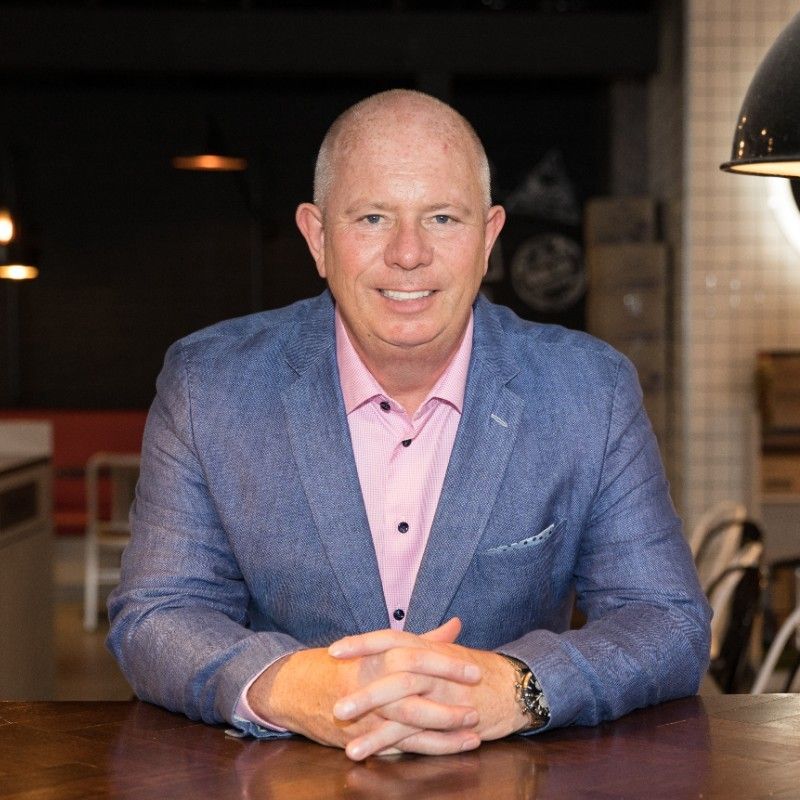Share this post
Out-of-home (OOH) delivery is no longer a backup solution for missed packages. Some consumers are actively choosing parcel lockers and collection points over home delivery, creating a massive shift in how postal services and retailers operate.
TMX Transform's Bob Black, and Ben Franzi, share their insights into what's driving this change and what it means for supply chains.
From contingency to preference
Europe is leading the charge in OOH adoption. InPost's network has exploded to over 82,000 locations, with automated parcel machines representing 57% of these points. In 2024 alone, they deployed 11,500 new machines, a pace that signals massive consumer appetite rather than gradual adoption.
This isn't just about OOH delivery, it's about third-party accessibility. People are actively choosing to collect parcels outside their homes, not because they have to, but because they want to.
Click through here to access more postal and parcel insights from our industry experts.
But success requires more than just infrastructure deployment, with leading providers understanding that ease-of-use matters at every touchpoint.
Royal Mail's expansion beyond traditional post offices reinforces this trend. They've added 5,000 Collect+ locations and over 1,000 parcel lockers, transforming the UK's collection infrastructure. Meanwhile, they're trialing solar-powered postboxes where customers simply scan a parcel's barcode to drop it into an automated drawer –streamlining the send-off process. The UK's 115,000 postboxes, within half a mile of 98% of addresses, demonstrate the infrastructure potential that exists to transform existing postal assets into comprehensive parcel networks.
This change in consumer psychology challenges a basic assumption. The traditional model assumed home delivery was inherently more convenient, but the modern reality proves otherwise. Consumers increasingly value control over their delivery experience over doorstep service.
The economics of choice
The business case for OOH networks goes well beyond consumer preference, these systems create value across the entire delivery process.
For consumers, consolidated pickup means collecting multiple items from one location, often at better prices and with extended collection windows that fit their schedules. No more waiting for delivery windows or rearranging plans for missed deliveries.
For postal operators, the benefits compound quickly. Optimized delivery routes replace scattered residential drops with concentrated commercial stops. One van can serve hundreds of customers through a single locker location, dramatically reducing the cost per delivery.
Last-mile delivery is facing increasing challenges as congestion, environmental concerns, and safety regulations restrict truck and vehicle access to urban areas. Cities such as London have introduced congestion charges, further complicating the equation.
Breaking down the barriers
The competitive advantage goes to providers who understand incentive structures. Leading players like InPost and Amazon drive volume through strategic offerings: cheaper pricing, faster delivery, easy checkout.
Some delivery providers offer significantly more OOH drop-off/pick-up options than others. While many operators utilize the post office networks, often these function as separate entities, with differences in ownership and strategic priorities.
Strategic acquisitions are blurring lines between logistics providers and OOH solution companies, creating integrated service providers.
Third-party postal and parcel operators must consider how they facilitate OOH delivery for their retail customers. Those who offer incentives to consumers – through pricing, convenience, and environmental messaging – can direct volume where they want it, creating win-win scenarios.
Building connected networks
Modern networks are becoming flexible, adaptive systems. Missed deliveries automatically redirect to parcel lockers. Returns process anywhere within the network. Real-time inventory visibility enables better routing decisions.
Royal Mail's deployment of Bluetooth-powered digital tags across 850,000 transport containers exemplifies this evolution. These tags provide real-time updates on location, temperature, and humidity, creating a live digital map of container movements. The technology improves last-mile efficiency through enhanced route planning, reduced delays, and increased visibility of parcels reaching local delivery offices.
At the same time, parcel volume is expected to double over the next five to seven years, particularly in countries with lower e-commerce penetration—adding even more pressure to an already strained last-mile network.
Tomorrow’s network
Today’s consumer expects delivery experiences that adapt to their preferences, schedules, and locations in real-time.
Success requires understanding that OOH delivery isn't a cost-saving measure or fallback option, it's a customer retention strategy.
In an industry that has been put under huge pressure by the rise of e-commerce, the crossroads moment is here. The path forward leads through intelligent networks that put consumer choice at the center, supported by technology that creates value for everyone in the purchasing ecosystem.
Those that recognize this shift early and strategize accordingly will lead the next phase of postal evolution, while those that delay will be scrambling to catch up.


